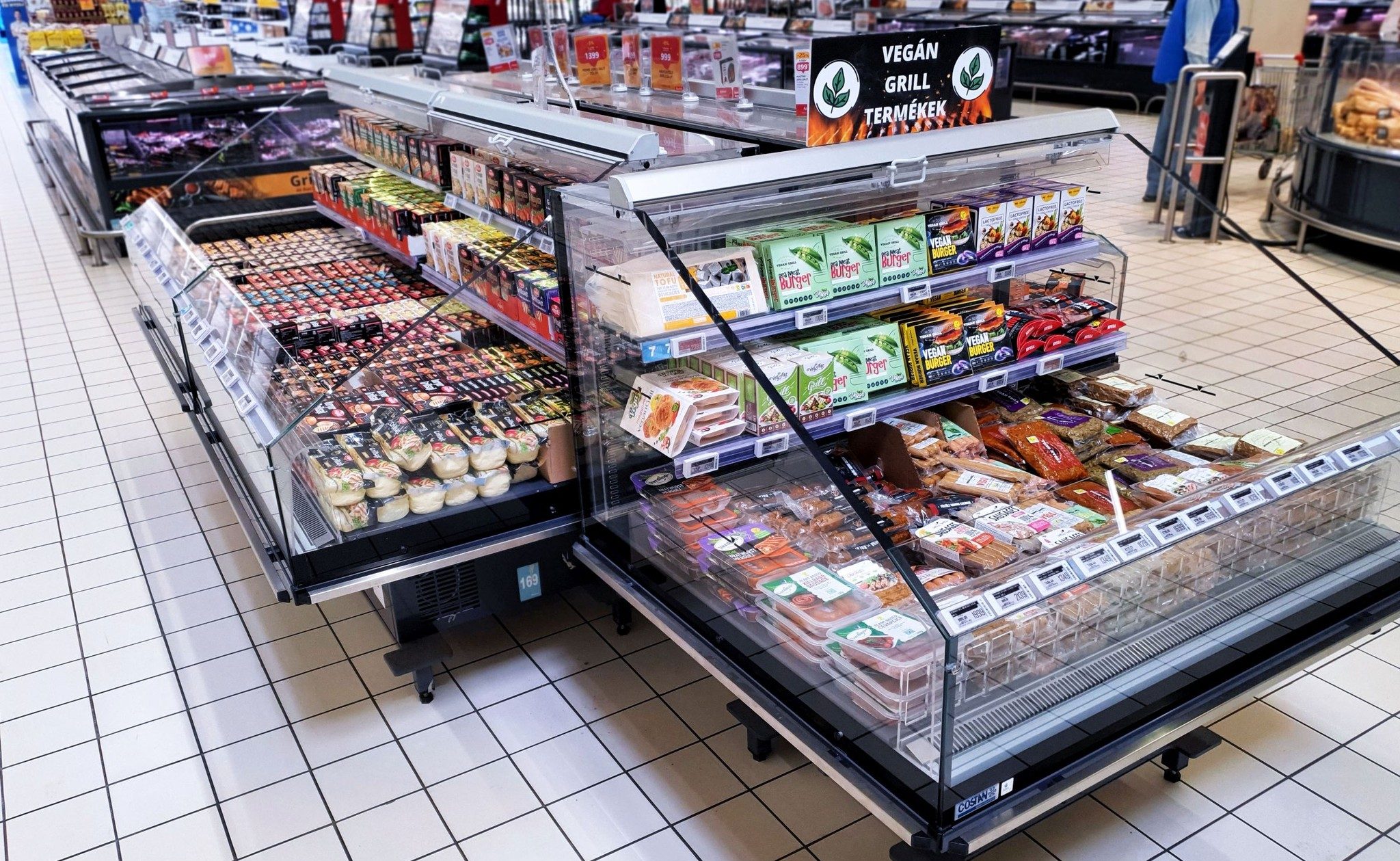
The early June figures show a fall in egg prices and producer prices for pigs for slaughter and chickens for slaughter.Continue reading
“If we do not compare specific products, but the price of a general basket of goods with prices abroad, the price level in Hungary is close to the EU average,” stressed Csaba Héjja, strategic analyst at MBH Bank’s Agri-Food Business Unit.
There is no doubt that there may be a difference between the prices of food available on domestic and foreign markets, reports Index. An MBH Bank event focused on the domestic retail, consumption and food industry. The event was a response to the question often asked in the press as to why food is more expensive in Hungary than abroad and the reasons behind the possible differences.
Analyst Csaba Héjja noted that it is important to see that
this phenomenon is always temporary and develops for a specific product.

Photo via Facebook/Auchan (Soroksár)
The background to this is that countries specializing in the large-scale production of a particular food product sometimes have overproduction, and this is when the product is dumped onto more price-sensitive markets. “It is better for domestic companies to focus on producing high quality, higher priced products rather than quantity,” the expert said, adding that if we compare the prices of a general basket of goods with prices abroad,
the price level in Hungary is close to the EU average from below.
However, when looking at smaller companies, it lags far behind EU countries in terms of development. A EUR 1,500 billion development package, already on its way, could help us catch up. Of course, this also requires that these funds are well invested, the expert pointed out.
Retail is one of the areas through which the public is most aware of the prevailing trends in the economy.
The domestic retail sector has had a difficult year, with sales data showing a prolonged and sustained slump since the peak in 2022. The public has reacted to the rise in prices by reducing the structure and level of consumption, a factor that is still having a noticeable impact on the sector’s internal processes. However, MBH experts see a turnaround.
Bence Báthori, sector analyst at MBH Bank, broke down what has been happening in retail:
The expert pointed out that the non-food category is also expected to continue to rise, partly due to the replacement of furniture, household goods and purchases that were postponed last year due to the home renovation program, and partly due to purchases of building materials.
It was also stressed during the event that
today the debit card is clearly the most popular device,
with over 10 million cards currently in circulation, of which around 2.5 million, or 34% of actively used cards, are also registered in mobile wallets. The number and value of domestic credit card purchases has also grown dynamically over the past five years. The increase of over 20% in the number of transactions in 2021 and 2022 was followed by a more modest increase of 11.91% in 2023, but the value of transactions increased by 19.67% in the same year, Richárd Rózsa, , concluded.
Via Index; Featured image via Pexels